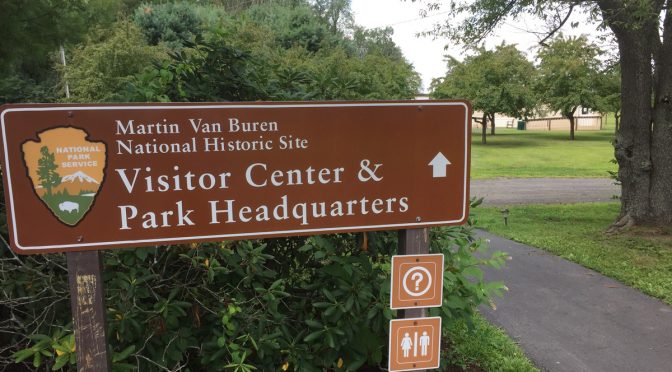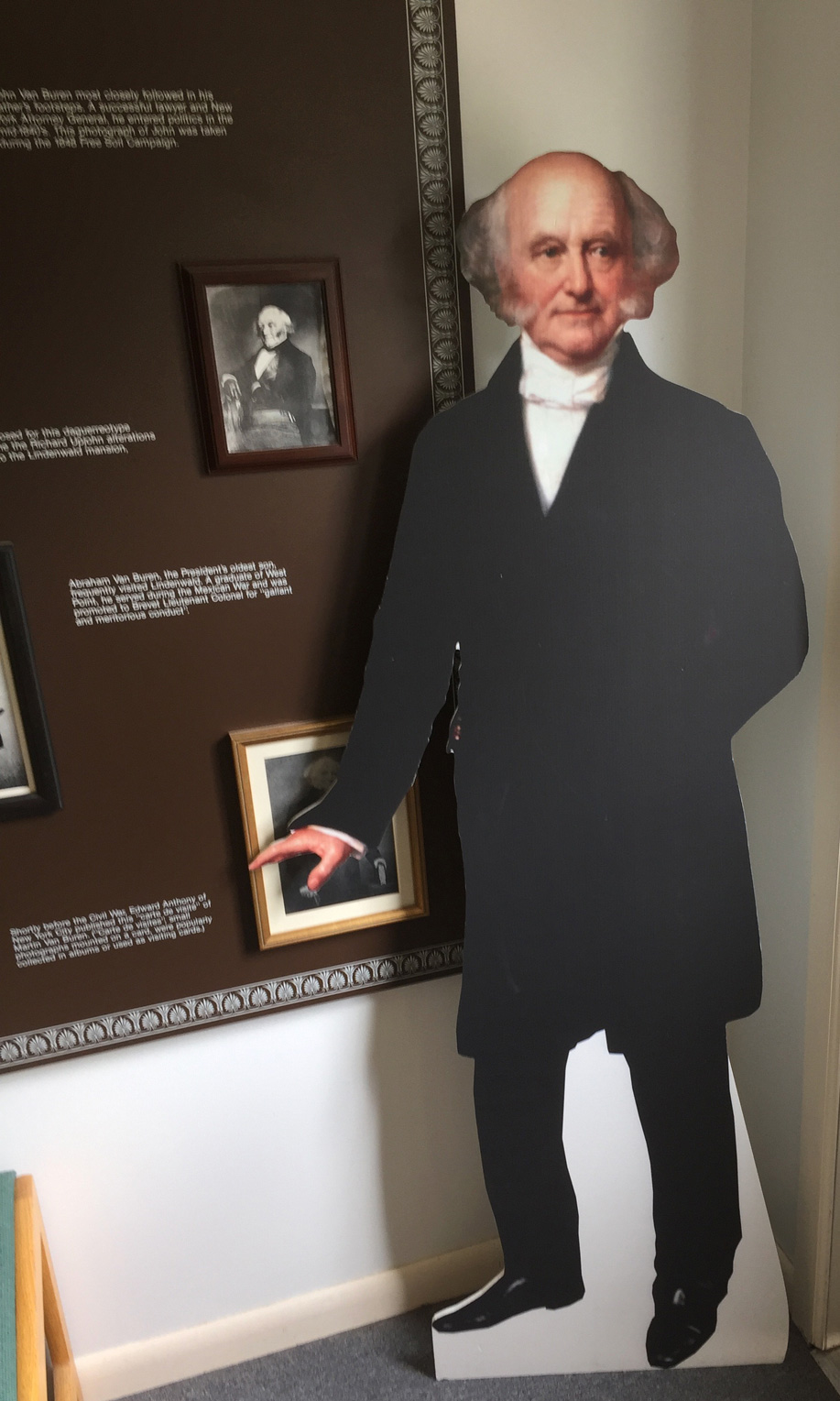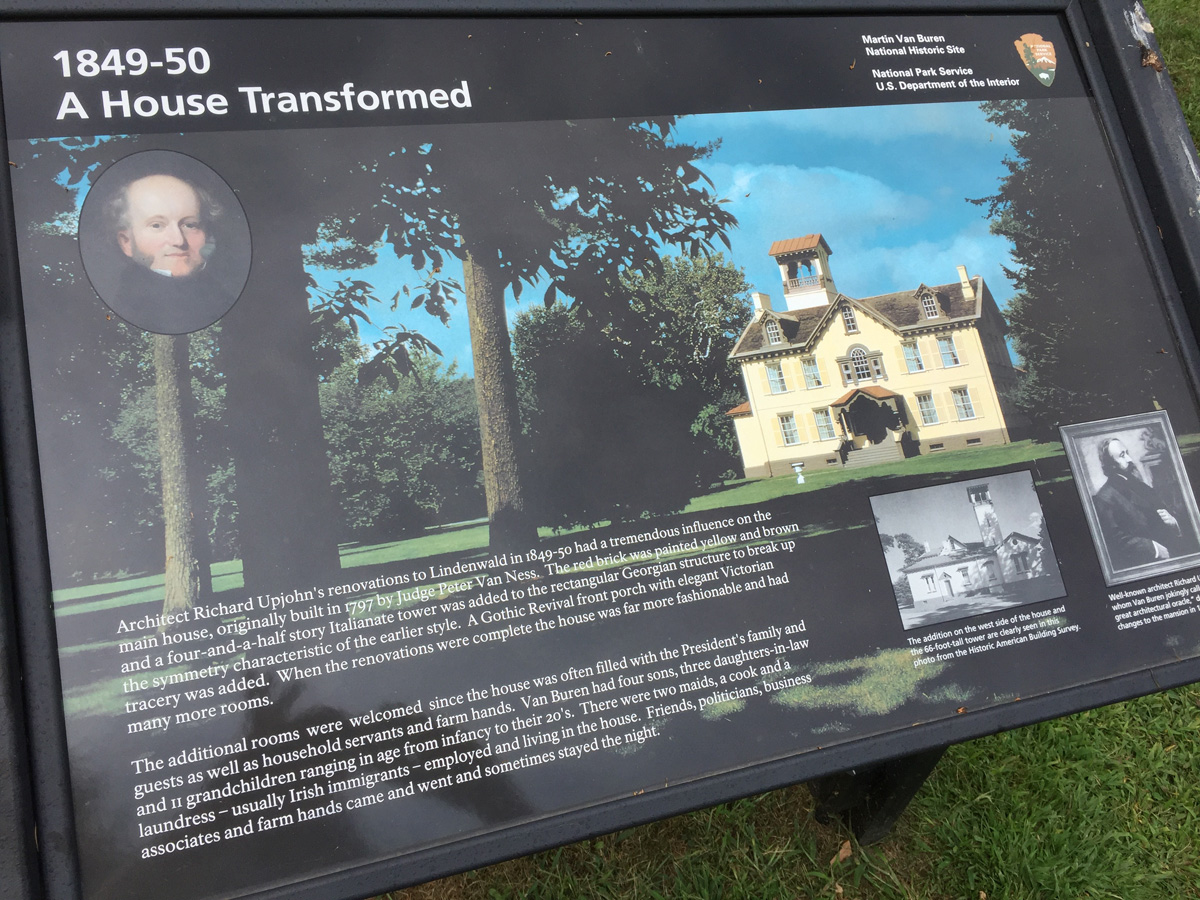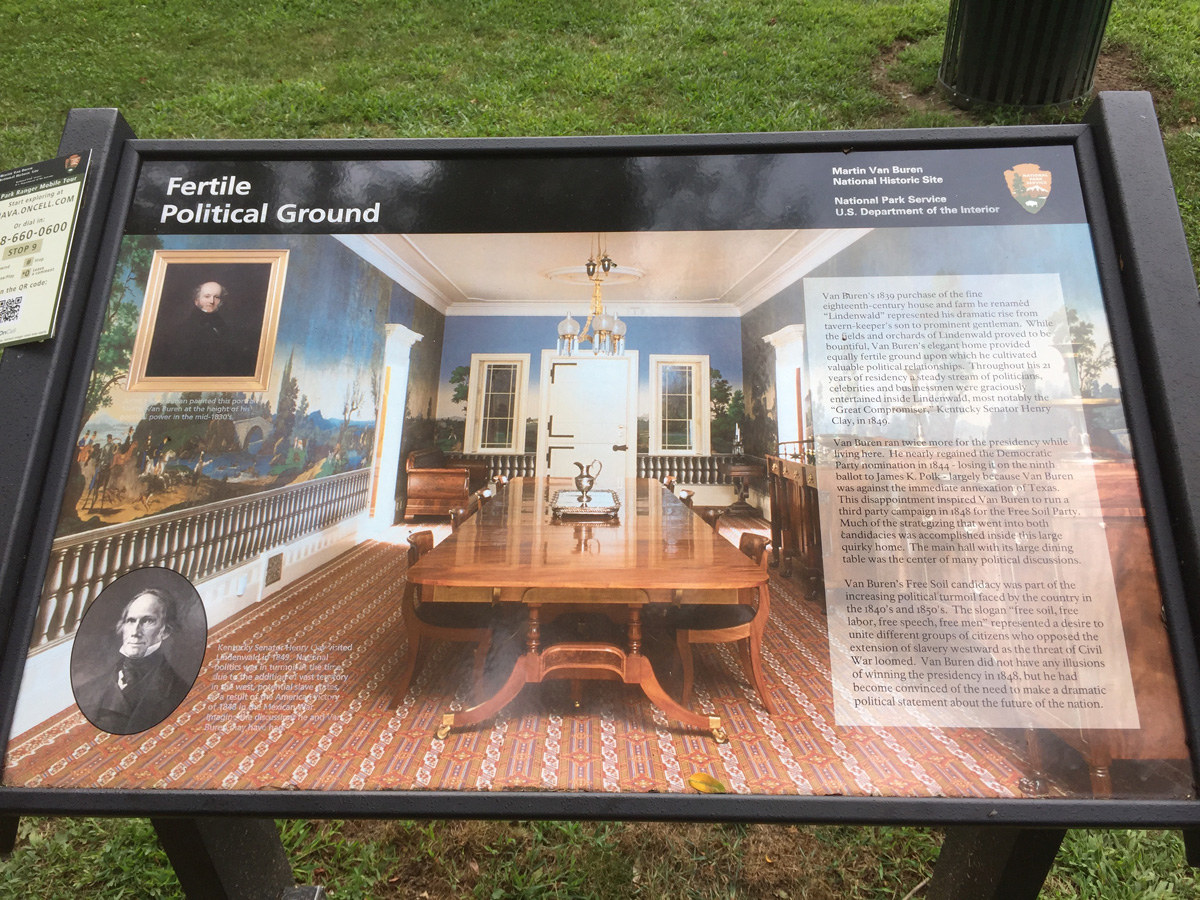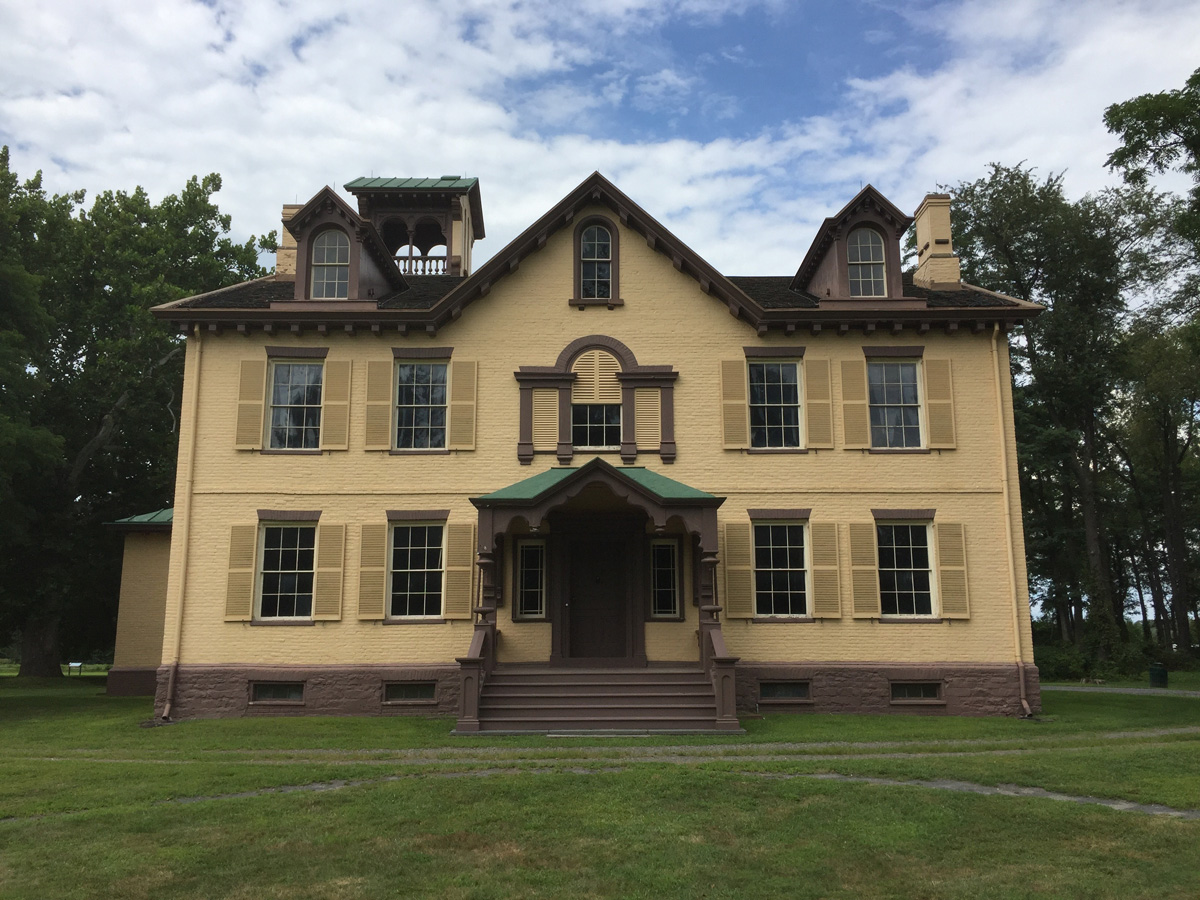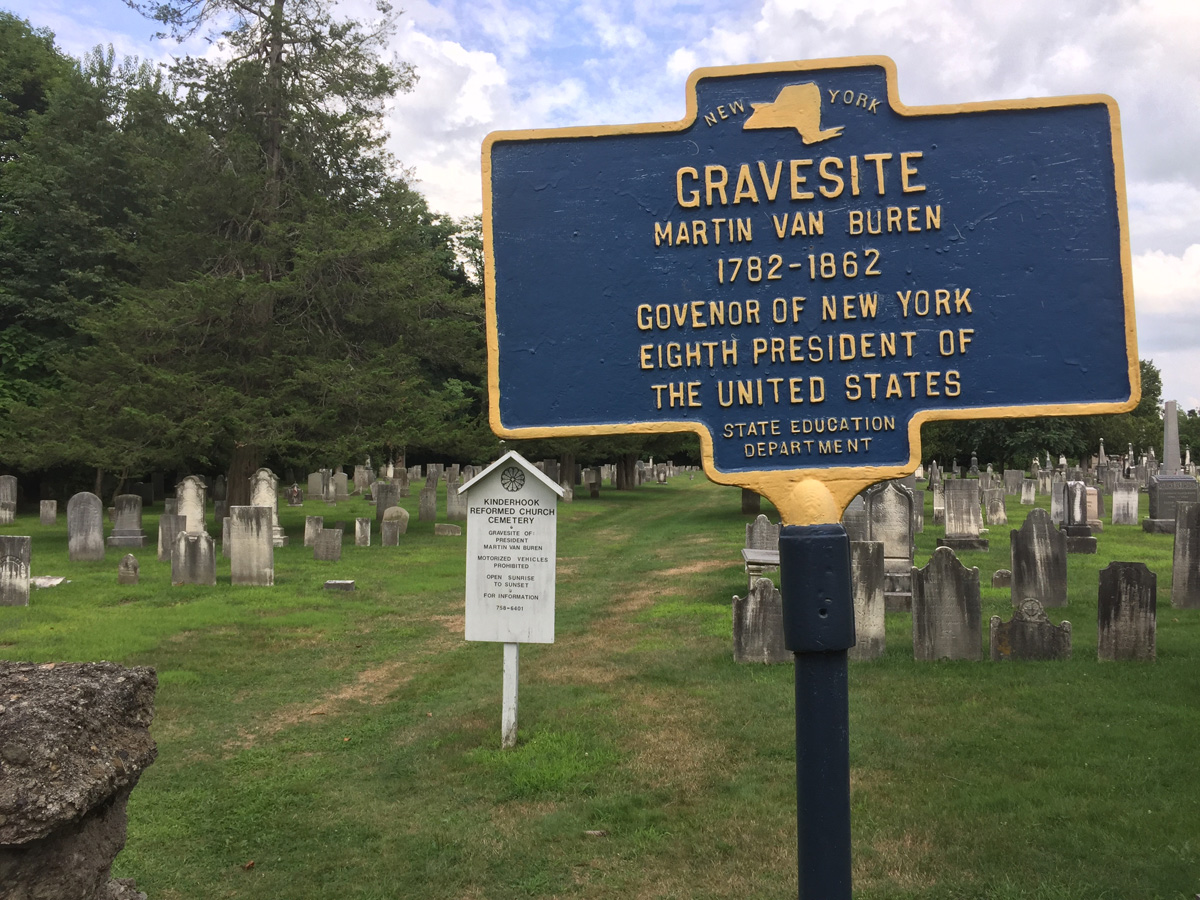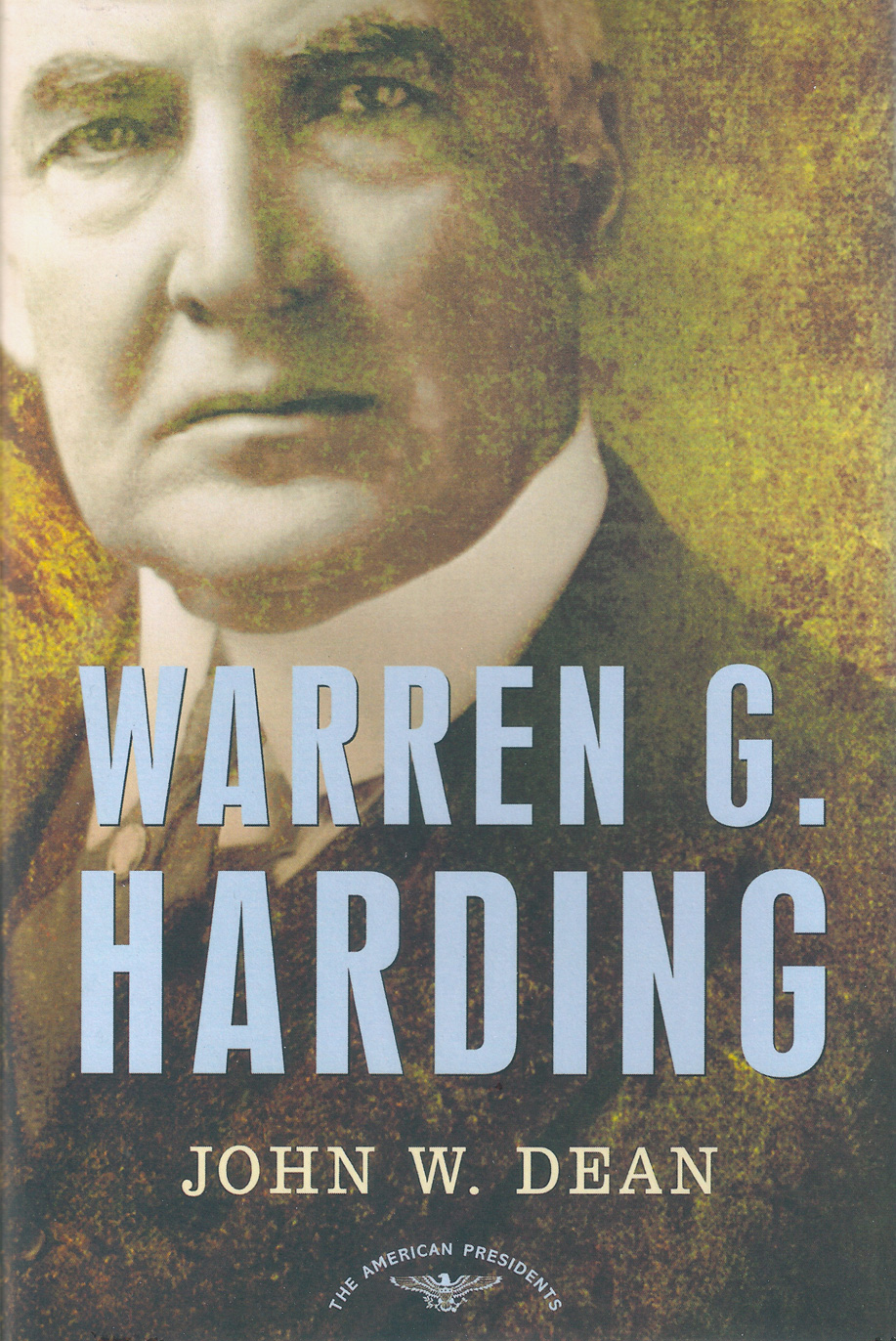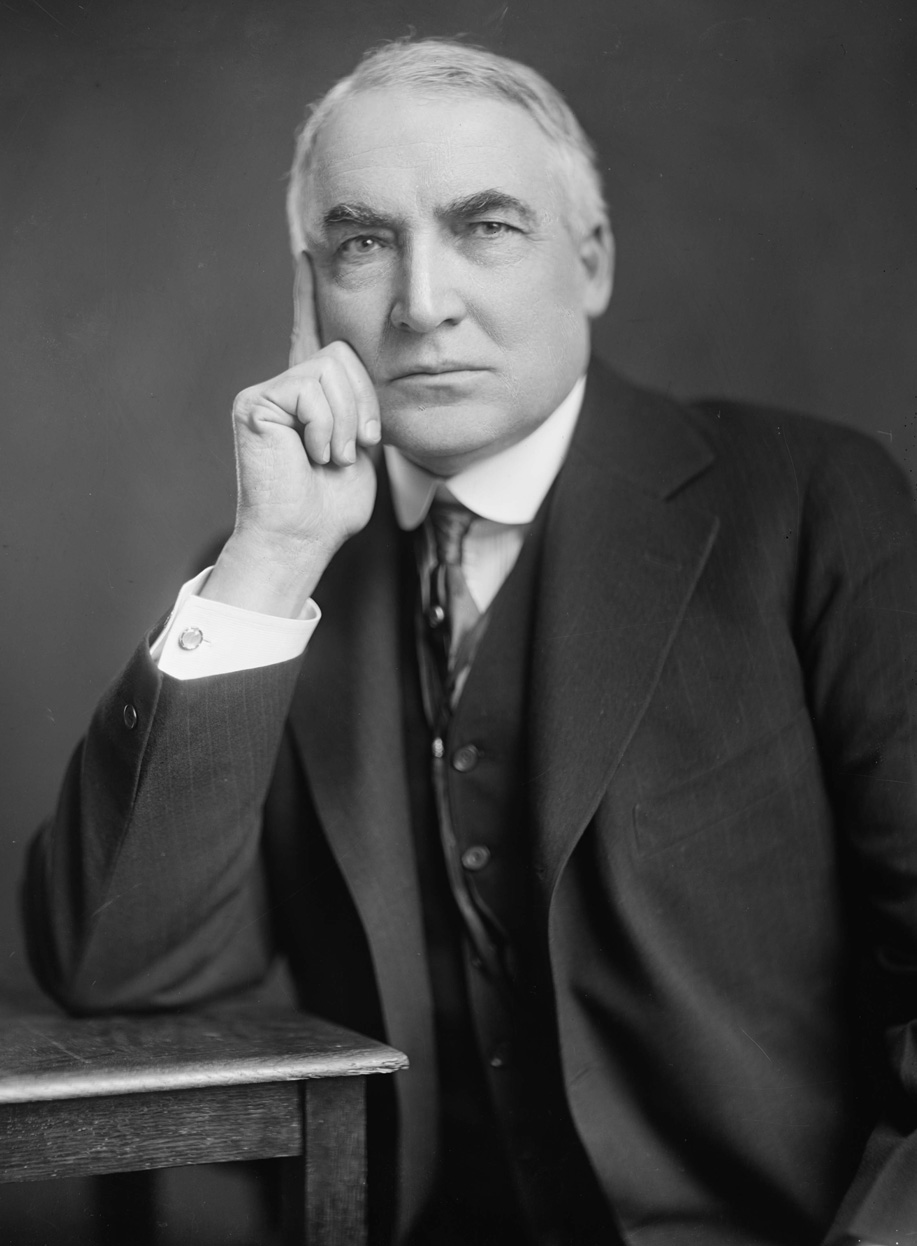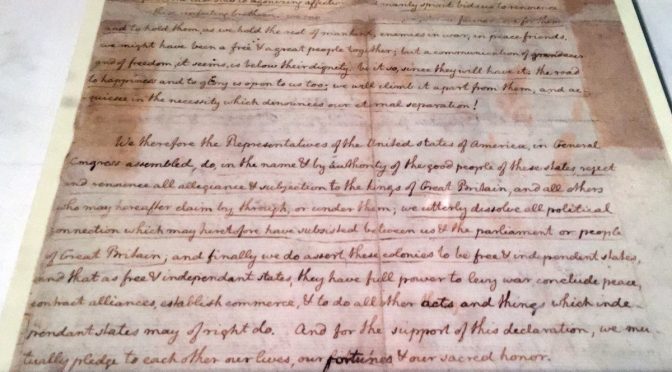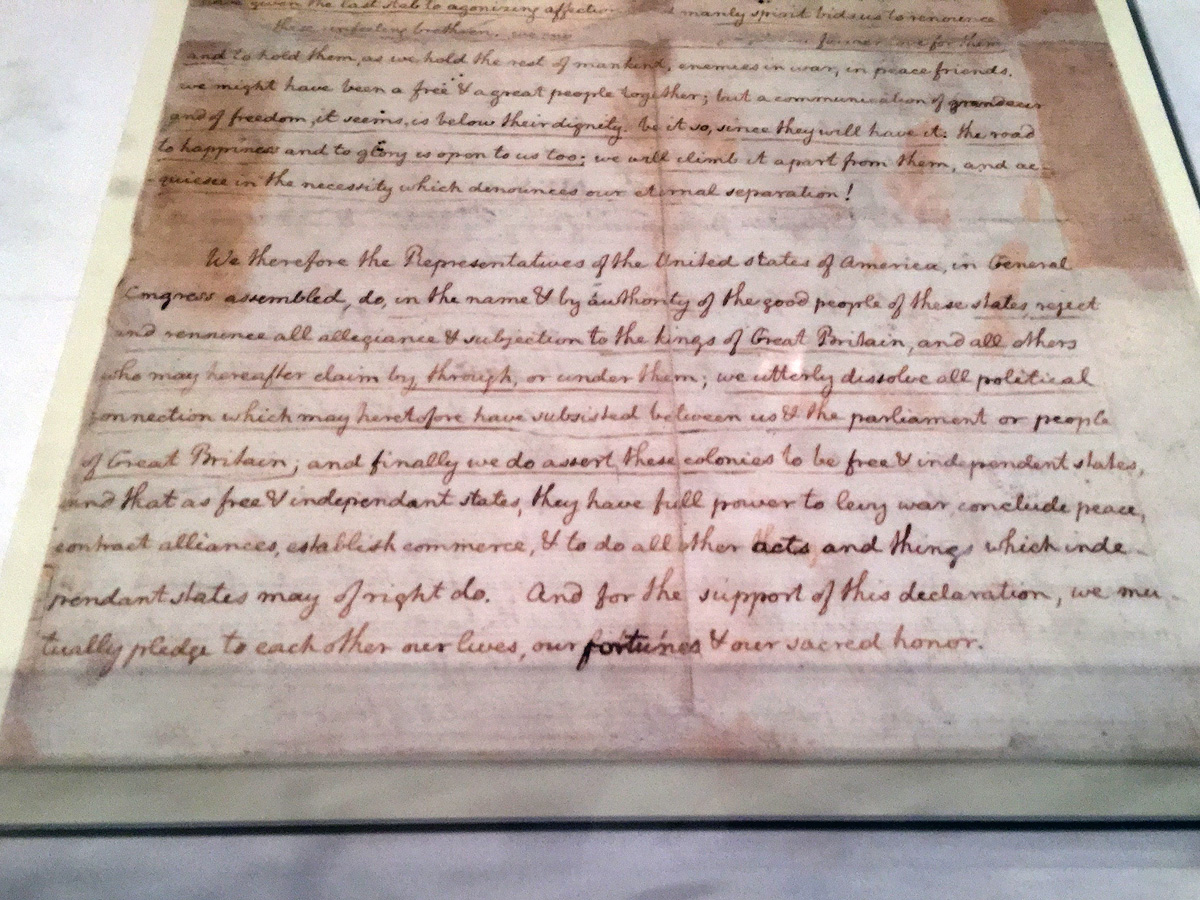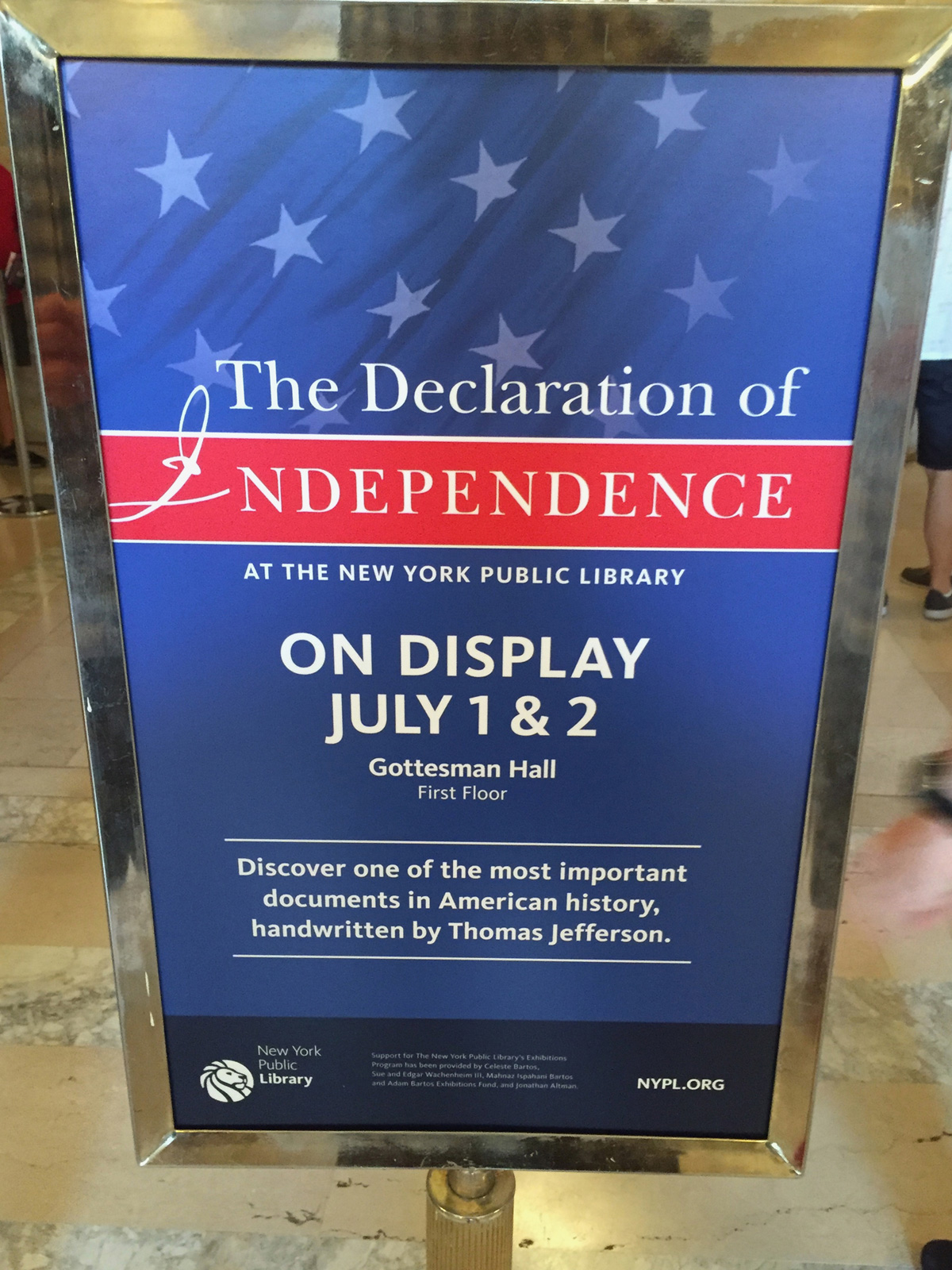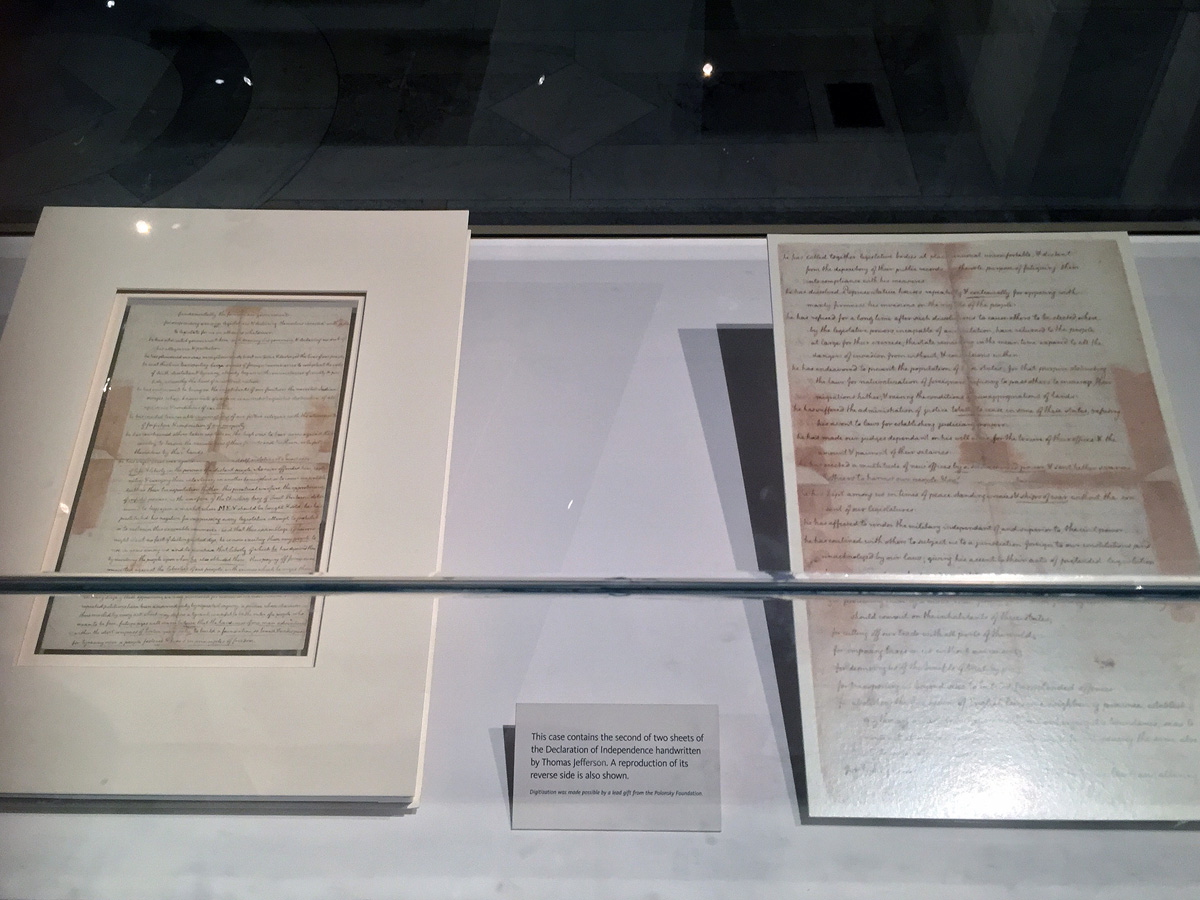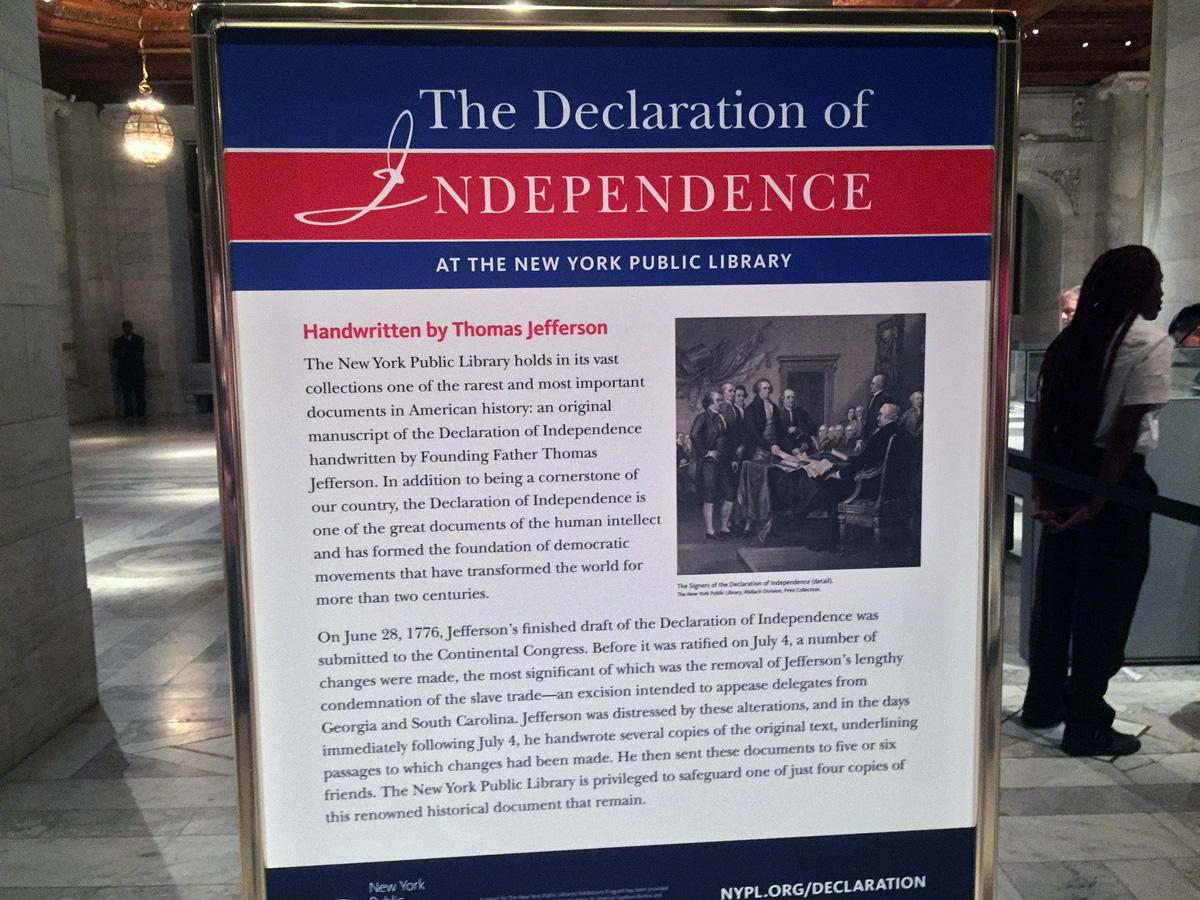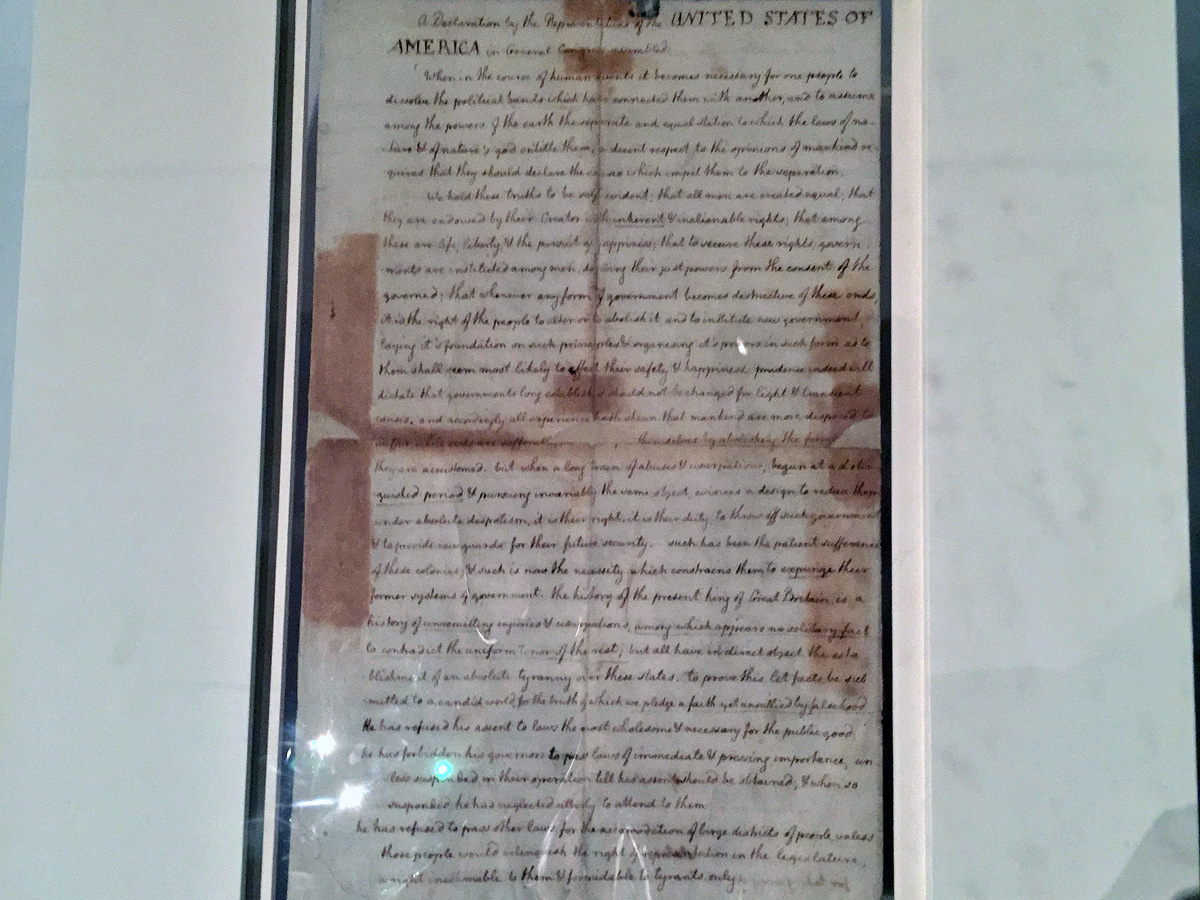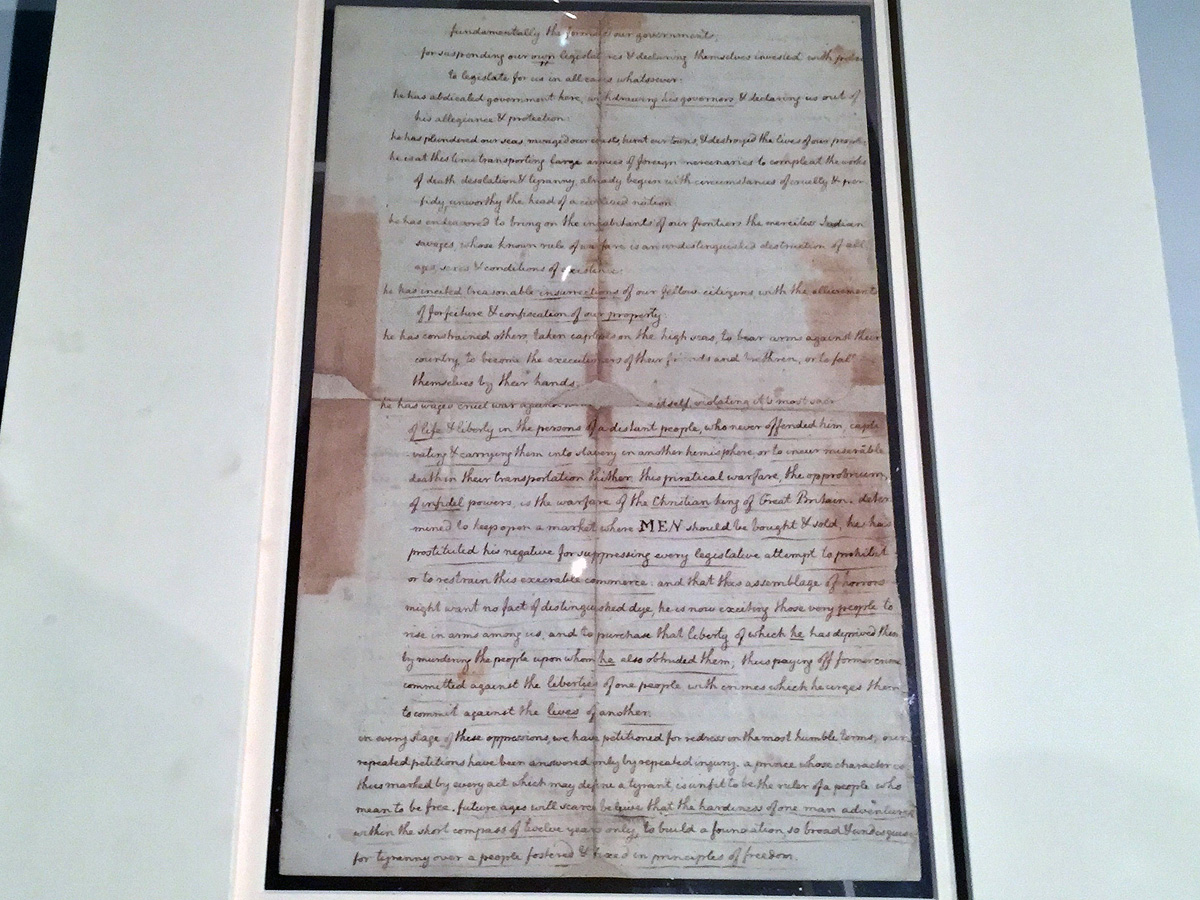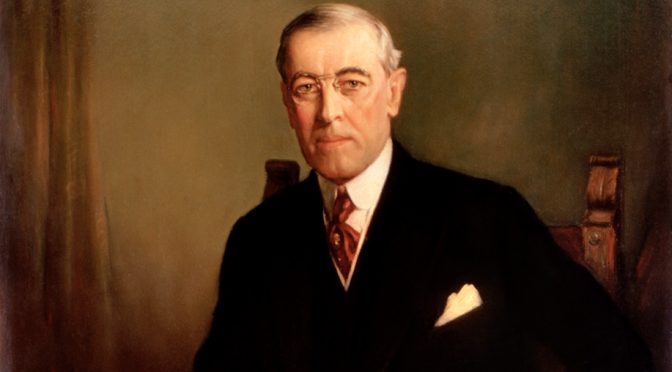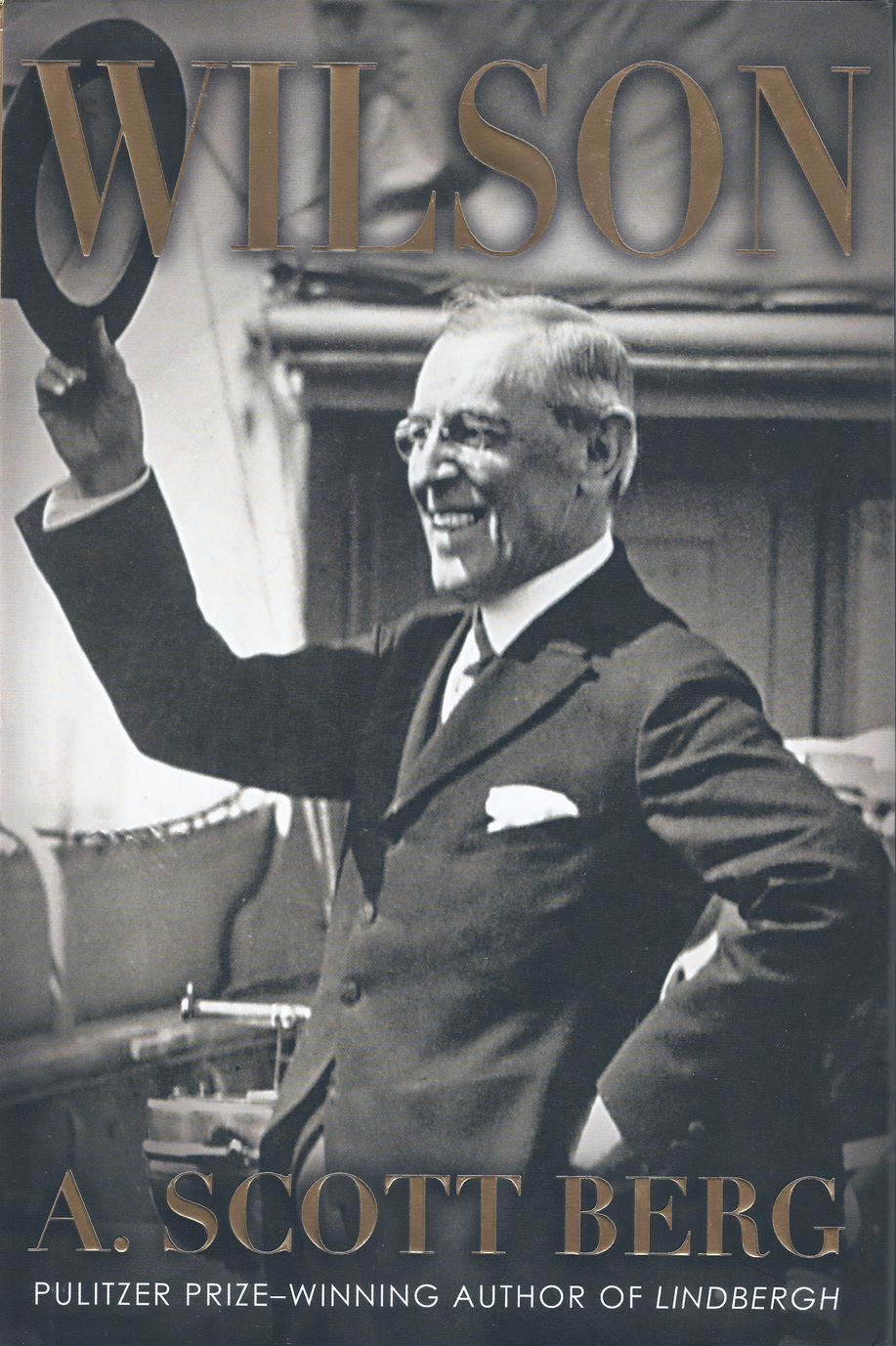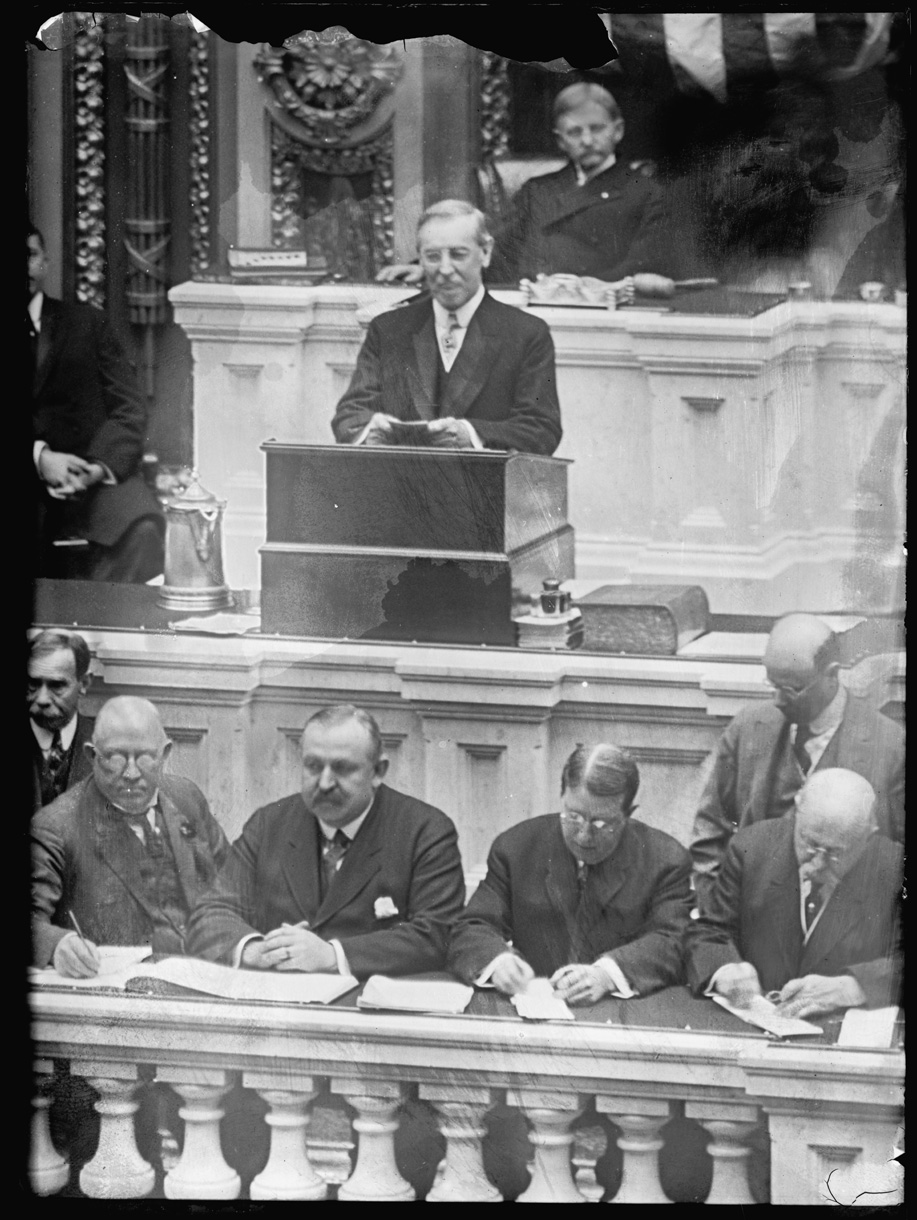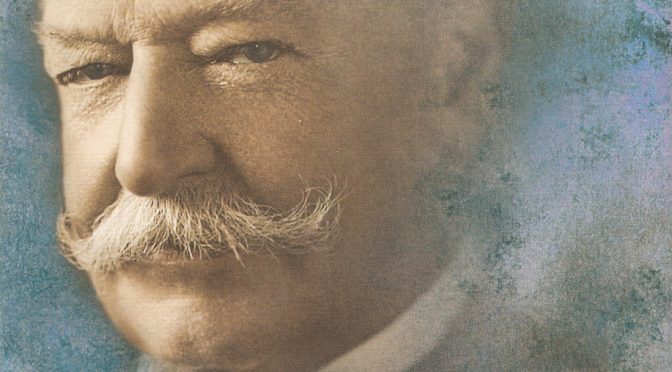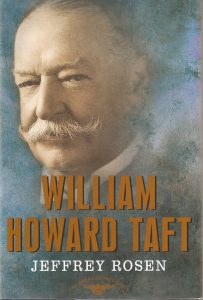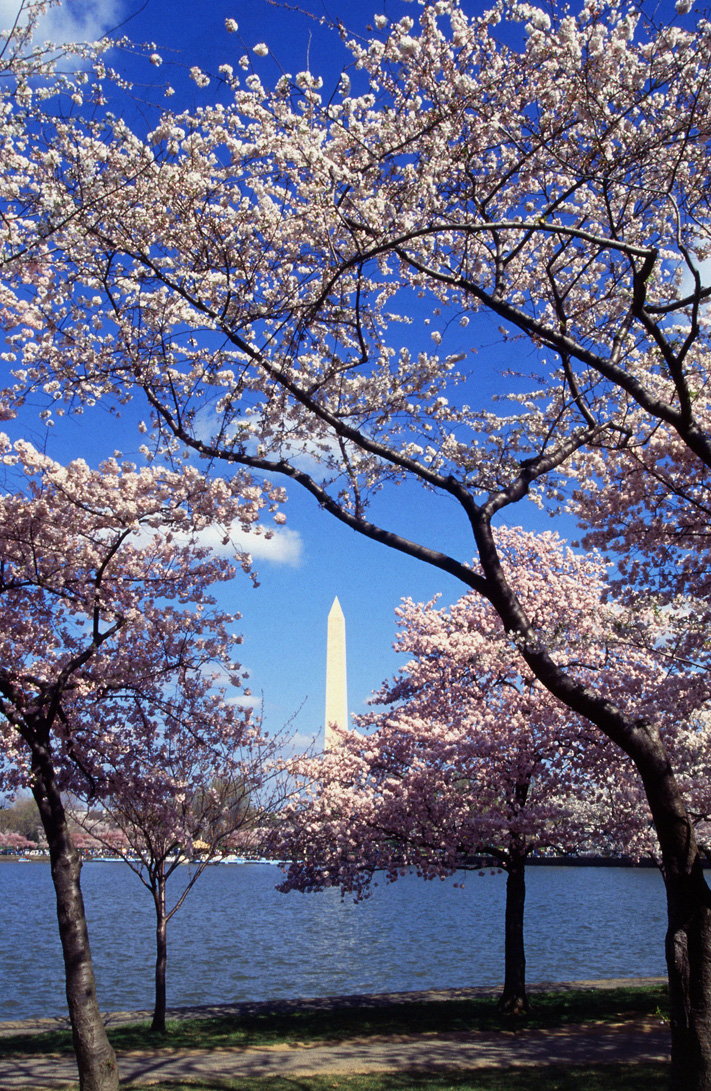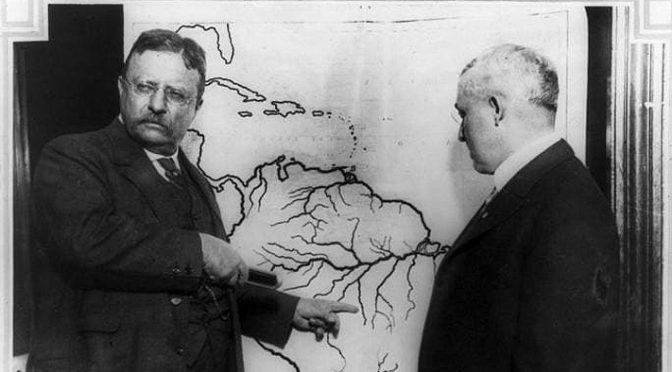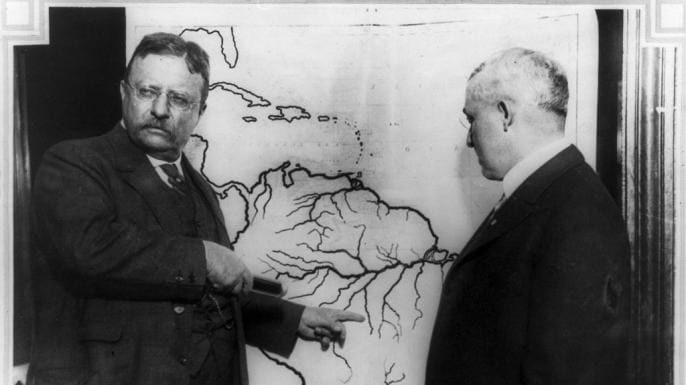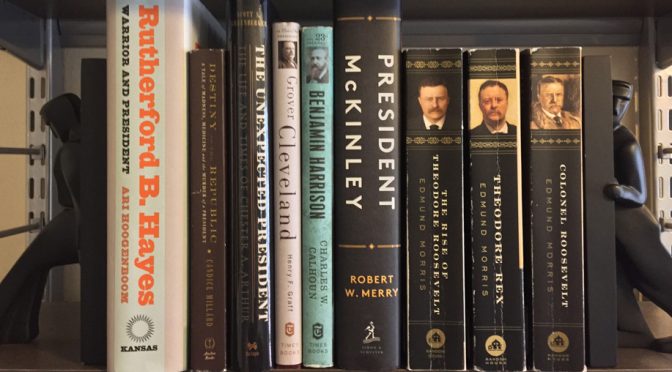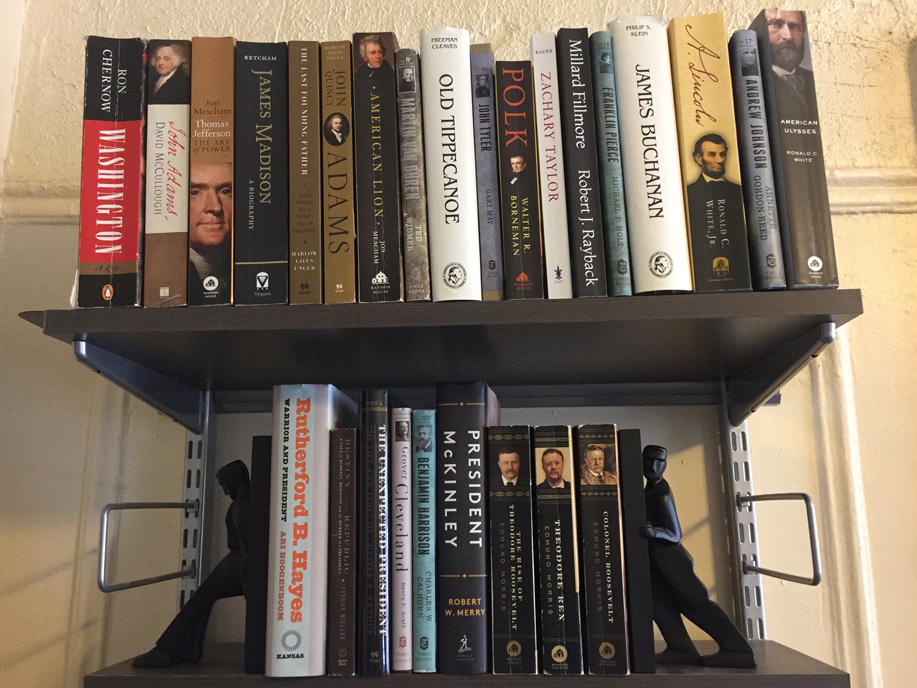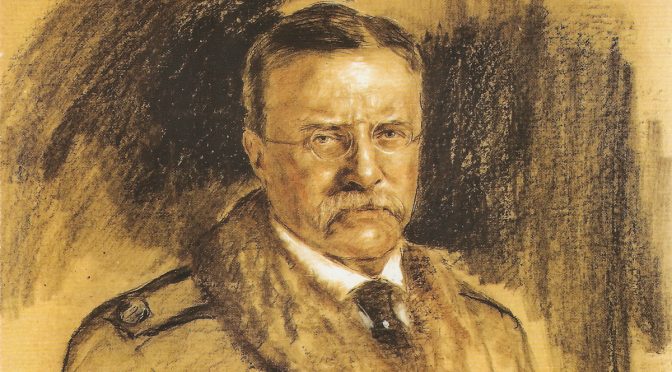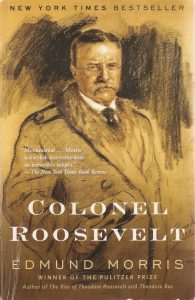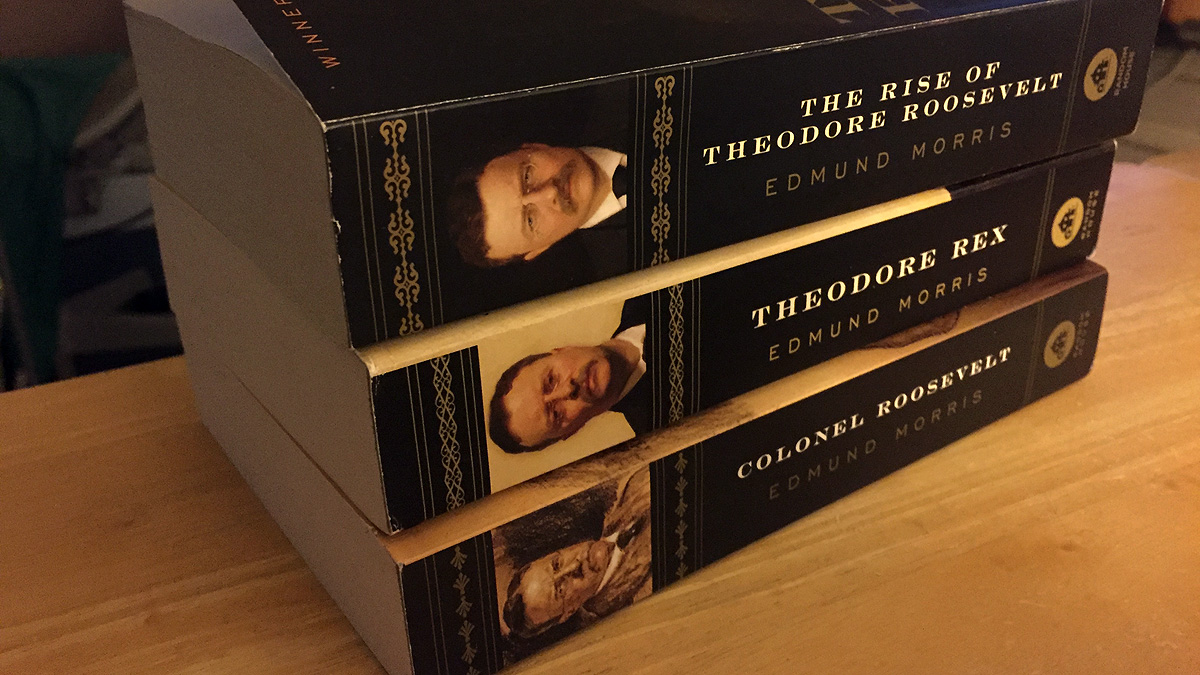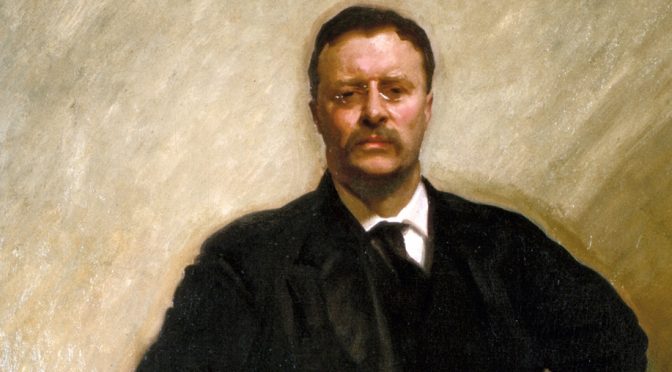Even before he became our nation’s 26th President in September 1901 at the young age of 42, Theodore Roosevelt had accomplished more than most people could in multiple lifetimes. He was a self-taught natural historian, a respected expert on naval warfare, a reform-minded civil servant, a police commissioner, an author, a rancher, a politician and a military hero. Historian Edmund Morris describes all this and more in the first volume of a three-volume biography. After a short prologue, this first book in the set — called “The Rise of Theodore Roosevelt” — covers Theodore Roosevelt’s jam-packed life before he became president. It’s an informative, entertaining and gripping narrative, and I found it an absolute pleasure to read.
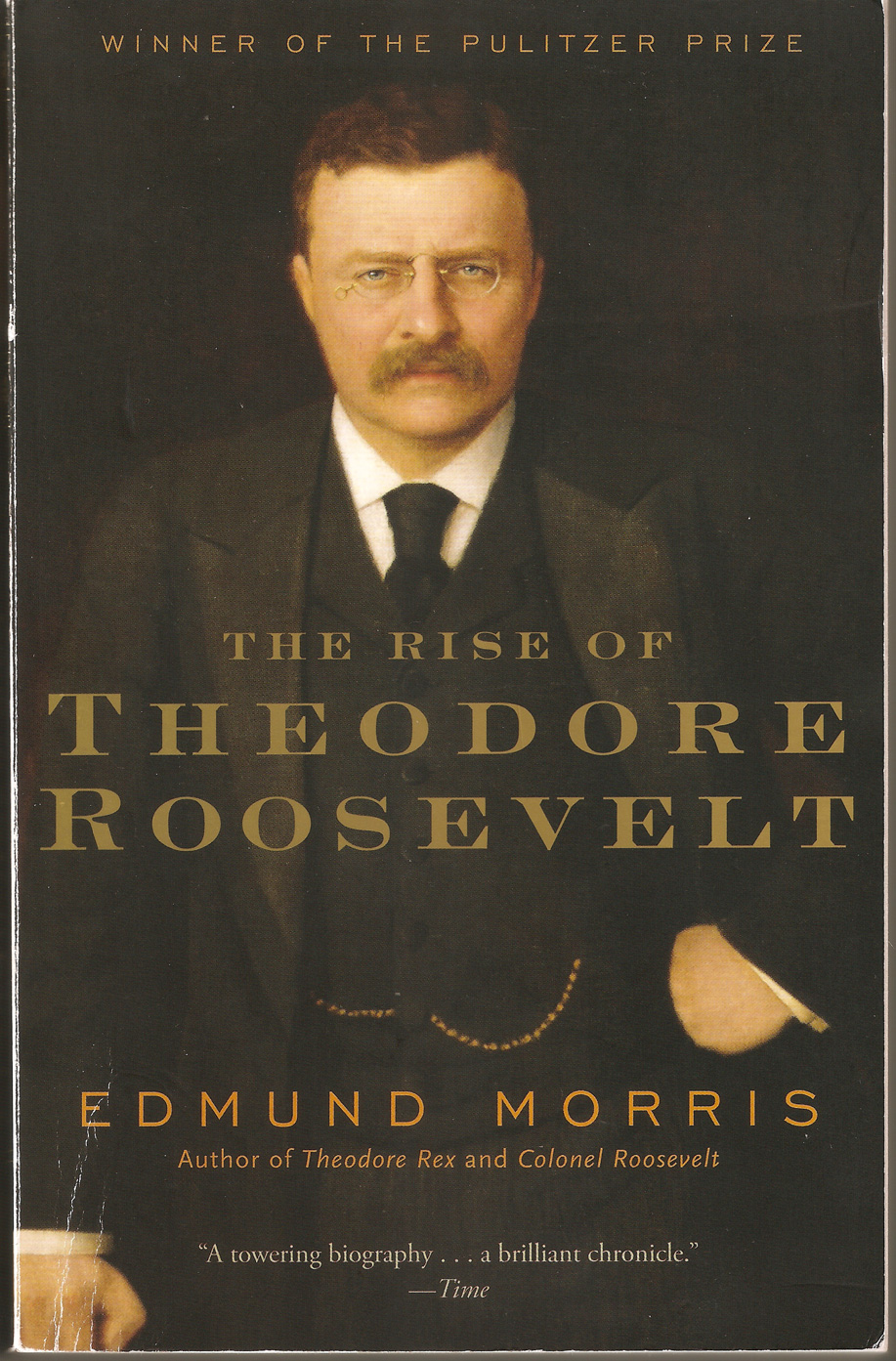
A physician told Theodore Roosevelt early in his life that he had a weak heart. The doctor recommended the cocky young man take a sedentary desk job. It was advice that Theodore Roosevelt ignored. He had been a sickly child who suffered from asthma, but that did not stop him. He exercised his body and even learned how to box. As a curious boy, little “Teedie” studied insects, birds and small animals. He taught himself how to perform taxidermy, and he started preserving specimens of animals he caught or killed. He called his collection the Roosevelt Museum of Natural History.
The Roosevelt family was large and wealthy. Theodore Roosevelt’s father, Theodore Roosevelt Sr., was a merchant. The senior Roosevelt was nominated by President Hayes to replace Chester A. Arthur as head of the New York Customs House, in Hayes’ dispute with Senator Roscoe Conkling over civil service reform. The elder Roosevelt’s nomination was then rejected by the U.S. Senate, leaving a bad taste in the Roosevelt family’s mouth over politics.
Theodore Roosevelt Sr. took his whole family overseas twice when “Teedie” was young. They traveled all over Europe and Egypt. One of the overseas trips lasted more than a year. Along the way Roosevelt learned French and German. Back home, Roosevelt went to Harvard and then later went to law school. But he did not like law school and instead decided, against the wishes of his relatives, to try his hand at politics. In this era, it was not common for someone of Roosevelt’s social standing to enter politics.
He served three terms in the New York State Assembly in Albany. At this time, future U.S. President Grover Cleveland, a Democrat, was governor. In the Assembly Roosevelt developed a reputation as a reformer bent on rooting out corruption. In 1886 Roosevelt ran for Mayor of New York City but lost. He then went on to serve in the federal government in Washington, D.C., on the Civil Service Commission, appointed by President Benjamin Harrison. Again in this role he waged battles against corrupt and incompetent jobholders and officeholders. When Grover Cleveland became president for the second time, Roosevelt stayed on for a time in the same job. Later he became Police Commissioner in New York City, serving on a four-man panel for two tumultuous years. In this role, he further cemented his reputation as a reformer, someone who was not afraid to buck the system. To everyone’s shock and horror, he enforced the city’s no-booze-on-Sundays law. He also would sneak out late at night and pounce on cops who were sleeping on the job, scaring and embarrassing them to get back to work.
When Theodore Roosevelt was still in college, his father died, leaving him an inheritance that would have allowed him to live modestly for the rest of his life as an academic or author. He had a childhood sweetheart, Edith Kermit Carow, but he spurned her and instead married a socialite, Alice Hathaway Lee, with whom he had a daughter, Alice. But his first wife died, tragically on the very same day as Roosevelt’s mother, in the same house. Roosevelt later married a second time, this time to Edith, and they had several more children. Their wedding took place in London.
Theodore was close to a sister, Anna, aka “Bamie,” who raised the younger Alice after her mother died. His older brother, Elliott, was troubled and eventually died of alcoholism. According to the book, Elliott fathered an illegitimate child with a woman who was not his wife and the family likely made hush money payments to keep the story out of the press.
After his first wife and mother died, Theodore Roosevelt spent much time in the Badlands of the Dakotas, where he went on many hunting trips and became a rancher. He invested a large portion of his inheritance on cattle, hiring others to run things, but unfortunately this venture was ultimately unsuccessful. During one particularly harsh winter, most of his herd died. During one especially memorable incident out west, he caught three men who had stolen a boat, an adventure that took him hundreds of miles and lasted several weeks.
As if this all weren’t enough, Roosevelt also wrote many books. Among the titles he published before he became president were “The Natural History of Insects,” “History of New York City,” “The Winning of the West” and “Ranch Life and the Hunting Trail.” His book on warships, “The Naval War of 1812,” was considered authoritative. He also wrote multiple books about birds, plus three biographies — of Gouverneur Morris, one of America’s founding fathers, Senator Thomas Hart Benton, proponent of “Manifest Destiny,” and Oliver Cromwell, the English historical figure.
Oh, and he also climbed the Matterhorn!
Here are a few more facts about Theodore Roosevelt:
- Born in a New York City townhouse! It’s located at 28 E. 20th Street — just blocks from where I live!
- When he was a boy, he watched from a window as the funeral procession of Abraham Lincoln passed through the streets of New York City.
- He wore spectacles and had big, flashy teeth.
- He liked to fight.
- When he got to work each morning, whether at the state capitol in Albany or the civil service department in Washington or police headquarters in Manhattan, he often ran up the steps. He was that energetic.
- He was the youngest to ever become president, when he was 42. (JFK was the second youngest to become president as a 43-year-old.)
- Theodore Roosevelt was related to both Eleanor Roosevelt and Franklin D. Roosevelt. Eleanor was his niece (daughter of his older brother Elliott), and Franklin was a distant cousin.
During President William McKinley’s first term, Theodore Roosevelt became Assistant Secretary of the Navy. But the secretary he served under was old and lazy and went on long vacations, leaving Theodore Roosevelt to run amok. He drafted war plans, agitated for war with Spain — and got George Dewey sent to command the U.S. fleet in Asia, a move that would later have immense consequences on world events. When war was declared with Spain over its occupation of Cuba, Dewey attacked the Spanish fleet in the Philippines, sinking it, which caused the United States to take over the Philippines as a protectorate. This went just as Theodore Roosevelt had planned!
The minute war was declared with Spain, Theodore Roosevelt resigned his post in the Naval Department and joined the U.S. Army. He helped found the First United States Volunteer Cavalry, nicknamed the Rough Riders, to fight in Cuba, in what would become known as the Spanish American War. The Rough Riders was a mounted regiment that included a ragtag band of outdoorsmen, cowboys and ranchers, plus a bunch of Roosevelt’s friends from college. Roosevelt was second in command, as lieutenant colonel, but later he was promoted to colonel. While in Cuba, Roosevelt was involved in two key battles — Las Guasimas and San Juan Hill — in which he led troops under enemy fire. Roosevelt fought bravely, if recklessly, leading a charge up Kettle Hill. Many around him were killed or maimed. He would for the rest of his life be called Colonel Roosevelt.
Returning to New York a genuine war hero, Roosevelt ran for Governor of New York State and won, again with the idea of instituting reforms to root out corruption. He instantly began clashing with the powerful Senator from New York, Thomas C. Platt, who was a Republican Party heavyweight at the time.
Meanwhile McKinley’s vice president, Garrett Hobart, had died, leaving an opening on the Republican ticket for the election of 1900. According to the book, Platt arranged to have Roosevelt nominated as the vice presidential candidate for what would have been McKinley’s second term, largely to get Roosevelt out of his way. With the economy booming and war with Spain won, the McKinley-Roosevelt ticket sailed to victory that November. Less than a year later, in September 1901, when McKinley was shot in Buffalo, Roosevelt rushed to his bedside. But it soon looked like McKinley was going to recover, so Roosevelt took his family on vacation. The thinking was that by doing so, he would reassure the American people that their president was going to recover and that everything would be OK. But it did not turn out that way. Roosevelt was climbing Mount Marcy, in a remote location in the Adirondacks, when a messenger arrived with a telegram that McKinley was near death.
And that’s where this book leaves off.
It was a dramatic ending. In reading this book, I learned so much and developed a number of key insights about Theodore Roosevelt, the man.
First, I was struck by his tremendous energy and vigor. He could run circles around just about anyone, both physically and intellectually. He seemed immune to discomforts such as cold weather, rain or snow, hunger or fatigue. The author does not mention this, but reading between the lines it almost seems that Roosevelt might possibly have been bi-polar. He also had immense political skills and a flair for the dramatic. He was able to communicate with people from all walks of life, from rich aristocrats to ranchers out west.
Then of course is Roosevelt’s desire for reform. In all of his public service jobs, he became known as someone who was going to turn over rocks, to ask hard questions, to enforce the law. As an assemblyman, as a civil service commissioner and as a police commissioner, he went after corruption and bucked the system. He did not care if he was caricatured in the press or if power brokers mocked him. Sometimes his efforts at reform were successful, other times not.
Finally and most importantly is Roosevelt’s view of the United States and its role in the world. If you think of the word “jingoism,” think of Theodore Roosevelt. For better or worse, Roosevelt envisioned nothing but greatness for our country, and having a strong navy, and control of the seas, was key to building a world empire as he envisioned it. He wanted our nation to exert power on the world stage, starting with driving the last of the European colonizers out of the Western Hemisphere once and for all. He wanted the United States to finally build a canal, long envisioned, through the Central American isthmus. And he wanted Americans to continue to settle the great American West.
As Morris writes, when Roosevelt became president at the dawn of a new century the United States was poised to become a superpower. It already had enormous economic strength and had the potential for great military might. What will Theodore Roosevelt do as president? I’ve already started into “Theodore Rex,” the second book in this series by the same author, which covers TR’s White House years. There’s so much more to learn about this colossus of a man.

